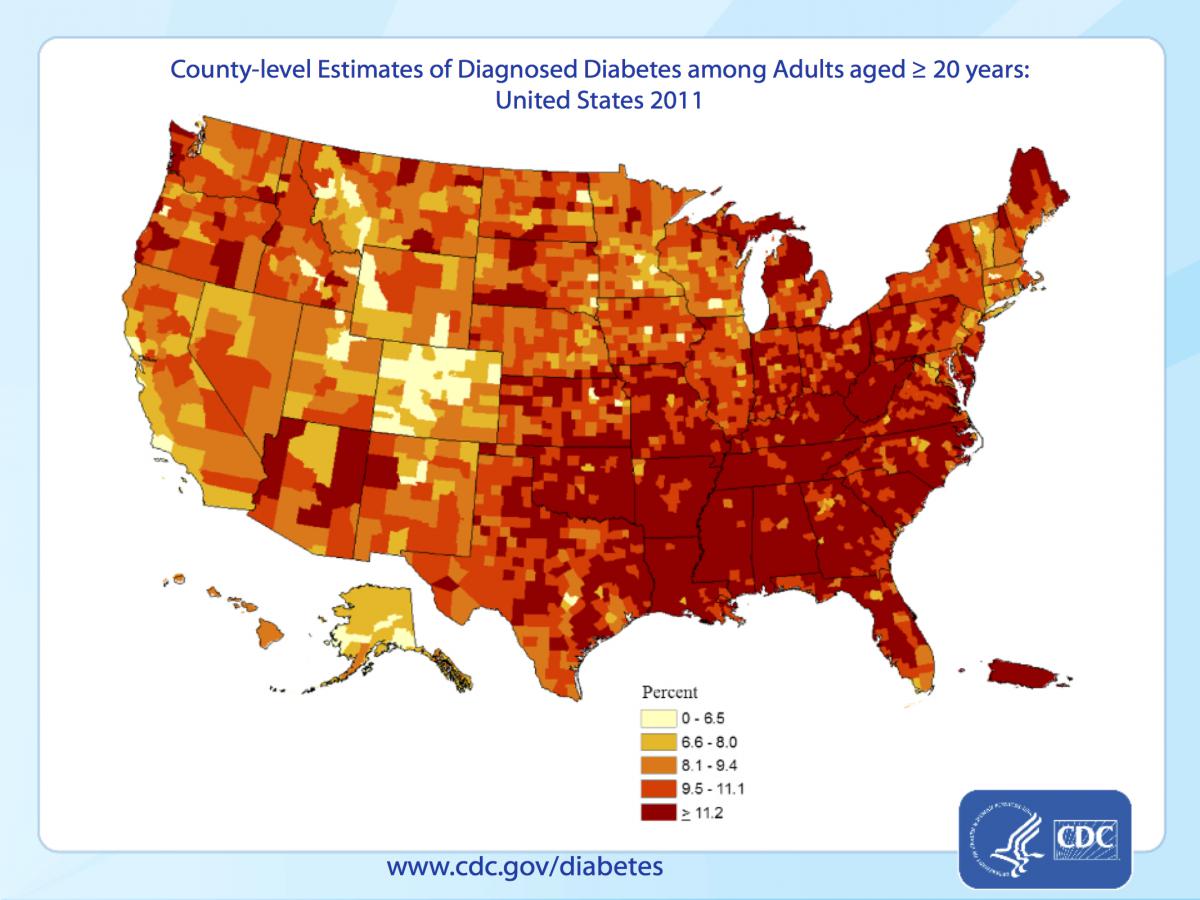Health Care Hopes for 2015
As 2015 opens, here are some thoughts on 5 challenges facing us in health care.
- Read more about Health Care Hopes for 2015
- Log in to post comments
As 2015 opens, here are some thoughts on 5 challenges facing us in health care.
In prior blogs, I’ve written about the need for our heatlh care system to tear down the silos. One area of this is the use of health risk and social/behavioral assessments - what Sustainable Health Systems calls health ecology. There is lots of good activity going on in these domains, but it’s as if nobody is looking from the 40,000 foot view, and particularly not with the view of how the pieces will fit together when it’s all done.
ROI from worksite wellness programs is difficult to measure, is generally positive, and varies widely by type of program. Most authorities quote a range of saving $3.50 - $5.00 for each dollar spent. A great buy, but employers tend to follow the lead of the C-suite - investing in wellness if leadership “Believes” in wellness, not investing if leadership are "Non-Believers".
But what about physician wellness visits? Are those a good buy?
When I was in training, I was often advised to individualize care. This admonition was troubling, because it was inevitably the last comment and there were almost never any details on exactly how to individualize care! What factors should be considered, how are they prioritized, what nuances are needed?
This week, Apple announced their forthcoming watch. I'm skeptical that this new wearable tool will be the 'next big thing' in health, in part because of the pricetag - $349 and a new iPhone 6 (a minimum of another $200 and a 2-year contract with AT&T). A couple of colleagues rebutted me on the price tag issue, noting that lots of lower middle-class and poor folks have what one might call fancy stuff - smartphones and flat-screen TVs (aren’t TVs almost all flat screens now?). One of these colleagues is African-American and does research among urban poor.
Diabetes is one of America’s biggest lurking health system catastrophes, which concerns us greatly at Sustainable Health Systems.
Here is the CDC (Centers for Disease Control) map of diabetes in 2011, about 95% of which is type 2 diabetes.

Americans are getting heavier and more sedentary, with an ever increasing prevalance of pre-diabetes and type 2 diabetes, with subsequent development of vascular and kidney disease.
A June, 2014 update from the CDC says:
9.3% (~1 in 11) of Americans have diabetes, and 1 in 3 Americans have prediabetes
Total annual cost of diabetes = $245 billion
Today I was asked why I recommend that PCPs do Wellness Visits, when the Choosing Wisely initiative of the American Board of Internal Medicine (ABIM) has recommended against “health maintenance” visits? This is a great question, so I thought I would answer in my blog.
This week, I welcome as co-authors three colleagues and dear friends who have worked with me on all 4 editions of the American College of Sports Medicine's textbook - ACSM's Exercise Management for Persons with Chronic Disease and Disabilities (aka CDD1-CDD4).
In this week's issue of JAMA, Jha and Zaslavsky discuss the issue on outcome quality reporting on physicians and health care networks, concerning the problem that lower socio-economic status (SES) members of society have poorer outcomes than those member in higher SES strata.